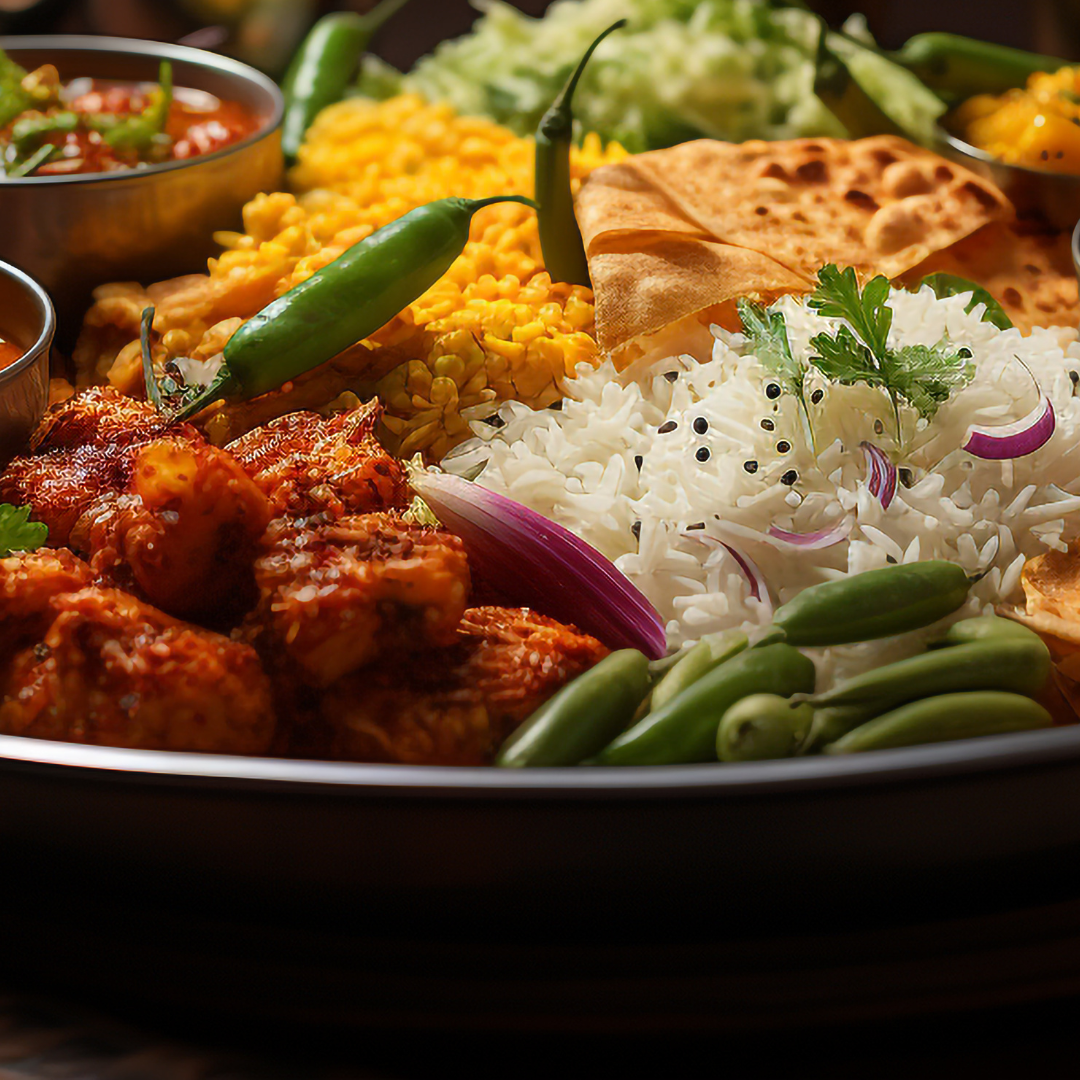
Sri Lankan Cuisine: A Flavourful Journey
The Role of Rice and curries in Sri Lankan Cuisine
Sri Lankan cuisine is a vibrant and diverse culinary tradition that captures the essence of its rich cultural heritage. At the heart of this cuisine is the staple dish of boiled or steamed rice, which is typically served alongside a variety of delicious curries. This combination forms the foundation of many Sri Lankan meals, offering a delightful blend of flavours, colours, and aromas.
Rice is a fundamental component of Sri Lankan meals and is often considered the central feature of the island's culinary landscape. It is not only a source of sustenance but also a symbol of prosperity and abundance. Whether it is white rice, red rice, or the more fragrant basmati and jasmine varieties, rice is meticulously prepared to complement the rich and flavourful curries that accompany it. From the traditional preparation methods to the careful selection of rice varieties, each aspect is thoughtfully considered to enhance the overall dining experience. In many households, rice is cooked with pandan leaves or a hint of coconut milk, infusing it with subtle flavours that elevate the dish.
Beyond its role as a staple, rice is also an integral part of Sri Lankan celebrations and rituals. It features prominently in festive meals, weddings, and religious ceremonies, where special rice dishes like "milk rice" (Kiribati) are prepared to mark auspicious occasions. This dish, made by cooking rice with coconut milk and served with sweet or savoury accompaniments, is a beloved symbol of good fortune and hospitality.
Thus, in Sri Lankan cuisine, rice is much more than just a food item; it is a cultural emblem that binds communities and generations together, embodying the warmth and generosity of Sri Lankan hospitality.
A Symphony of Curries
Sri Lankan curry dishes are renowned for their bold flavours and aromatic spices. Curries can be made with a variety of ingredients, including vegetables, meat, fish, and lentils. Here are some popular types of curries you might encounter:
- Chicken Curry: A savoury delight made with a blend of spices such as cumin, coriander, and turmeric, often enriched with coconut milk for a creamy texture.
- Fish Curry: A staple in coastal areas, often prepared with tamarind or lime juice to add a tangy twist to the dish.
- Vegetable Curry: Made with seasonal vegetables like pumpkin, eggplant, or okra, offering a nutritious and colourful option for vegetarians.
- Dal Curry: A comforting lentil-based dish that is mildly spiced and often served as a side dish to complement other curries.
Spices and Flavors
The use of spices is integral to Sri Lankan cuisine, providing depth and complexity to each dish. Common spices include cinnamon, cardamom, cloves, cumin, coriander, and mustard seeds. These spices are often roasted and ground to create the distinctive flavours that characterize Sri Lankan dishes.
Accompaniments and Sides
In addition to rice and curry, Sri Lankan meals are often accompanied by a variety of sides that enhance the dining experience:
- Sambol: A spicy and tangy relish made from ingredients like coconut, lime, onions, and chilies.
- Papadum: Crisp, thin wafers made from lentil flour, providing a crunchy contrast to the soft textures of rice and curry.
- Pickles: A range of pickled vegetables that add a burst of flavour and acidity to the meal.
Concluding Thoughts
Sri Lankan cuisine is a celebration of flavours and textures, with rice and curry at its core. The harmonious blend of spices and ingredients reflects the island's cultural diversity and culinary ingenuity. Whether you're enjoying a simple home-cooked meal or a lavish feast, the essence of Sri Lankan food lies in its ability to bring people together through shared tastes and traditions.
